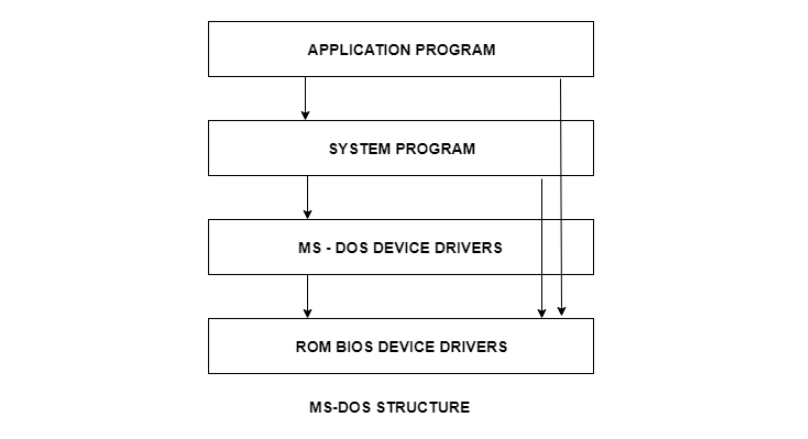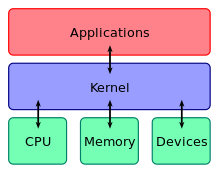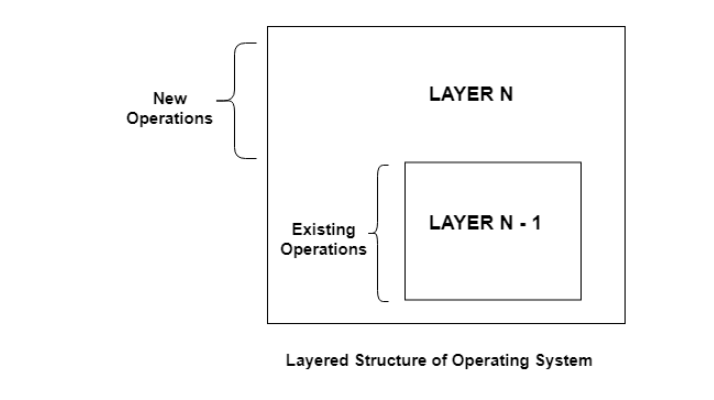Operating System Structure:
Operating System Structure: Understanding the Simple, Kernel, and Layered Approaches
An operating system (OS) is the backbone of any computer system. It is the software that manages and controls the hardware resources of a computer, such as the central processing unit (CPU), memory, input/output devices, and storage devices. The operating system structure is an essential aspect of the overall design of an operating system and plays a crucial role in determining its performance and efficiency. In this blog, we'll explore the three main structures of operating systems - Simple, Kernel, and Layered - and understand the best practices for each approach.
Simple Operating System Structure
The Simple operating system structure is the most basic and straightforward approach to designing an operating system. In this approach, the operating system is designed to perform a single task, and all the functions are integrated into a single program. The Simple operating system structure is suitable for small systems, such as embedded systems, where the need for multitasking is not present.

Kernel Operating System Structure
The Kernel operating system structure is a more advanced approach to designing an operating system. In this approach, the operating system is divided into two parts - the kernel and the system call interface. The kernel is the core part of the operating system and is responsible for managing the hardware resources of the computer, such as the CPU, memory, and input/output devices. The system call interface provides a means for user-level programs to access the kernel's services.

The Kernel operating system structure is suitable for larger systems, where the need for multitasking and memory management is present. The separation of the kernel and the system call interface makes it possible for the operating system to provide a stable and consistent environment for user-level programs, even when the underlying hardware is changing.
Layered Operating System Structure
The Layered operating system structure is a more complex approach to designing an operating system, but it offers a number of benefits over the Simple and Kernel structures. In this approach, the operating system is divided into several layers, with each layer providing a specific set of services. The layers are stacked one on top of the other, and each layer uses the services provided by the layer below it.

The Layered operating system structure provides a number of advantages, including better modularity, easier maintenance, and improved performance. For example, if a bug is found in a specific layer, it can be fixed without affecting the other layers. The Layered operating system structure is suitable for large-scale systems, such as desktop computers and servers, where the need for robust and efficient multitasking is present.